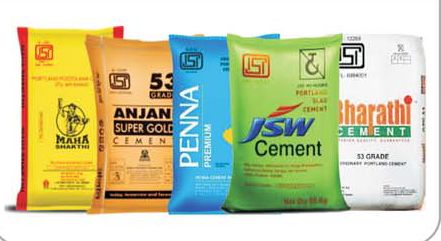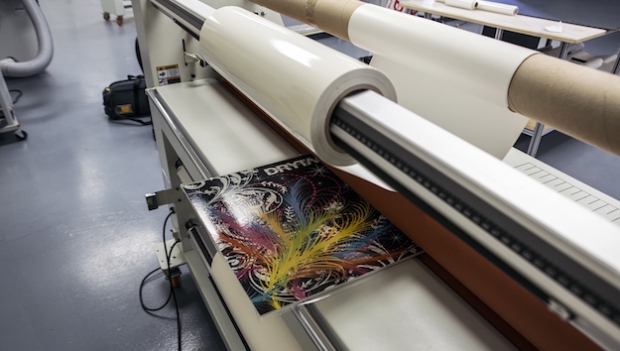
Cement is a fundamental building material that plays a crucial role in construction projects worldwide. Its durability and strength make it an essential component in the construction industry. However, while the quality of cement is vital, equally important is how it is packaged and stored. In this blog, we'll delve into the world of cement packaging, exploring its significance, methods, and innovations.
The Significance of Cement Packaging
Protection: Cement is susceptible to moisture, which can weaken its strength. Proper packaging ensures that the cement remains dry and free from moisture throughout its journey from the manufacturing plant to the construction site.
Quality Assurance: Cement packaging is a vital aspect of quality control. A well-packaged cement bag ensures that the product inside is consistent in terms of composition and properties. This consistency is crucial for ensuring the structural integrity of buildings and infrastructure.
Cement Packaging Methods
Paper Bags: Traditional cement packaging has typically been done in multi-layer paper bags. These bags are designed to protect the cement from moisture and offer a cost-effective packaging solution. However, they are not always ideal for long-term storage or extreme weather conditions.
Plastic Bags: Plastic bags are often used for cement packaging due to their superior moisture resistance. They are especially useful in regions with high humidity. However, concerns about plastic waste and environmental impact have led to a shift towards more sustainable packaging options.
Bulk Packaging: In larger construction projects, bulk packaging is preferred. Cement is transported in bulk using specialized vehicles and stored in silos on-site. This reduces the need for individual bags and minimizes packaging waste.
Innovations in Cement Packaging
Eco-Friendly Packaging: To address environmental concerns, the industry is exploring eco-friendly packaging options. Biodegradable bags, recycled materials, and innovative packaging designs that reduce waste are gaining popularity.
Water-Repellent Bags: Some manufacturers are introducing water-repellent bags that provide an extra layer of protection against moisture, ensuring the cement remains in perfect condition.
Modified Atmosphere Packaging (MAP): MAP technology involves altering the atmosphere within the packaging to extend the shelf life of cement. It reduces the risk of clumping due to moisture absorption.
Smart Packaging: With the rise of the Internet of Things (IoT), smart packaging solutions are emerging. These packages are equipped with sensors and monitoring systems that track environmental conditions, ensuring that cement remains in optimal storage conditions.
Cement packaging is a critical aspect of ensuring the quality and performance of cement in construction projects. As the construction industry continues to evolve, so too does the technology and innovation surrounding cement packaging. From eco-friendly solutions to smart packaging, the industry is constantly striving to improve the way cement is stored and transported. By investing in advanced packaging methods and materials, we can ensure that cement continues to be a reliable and sustainable building material for generations to come.







